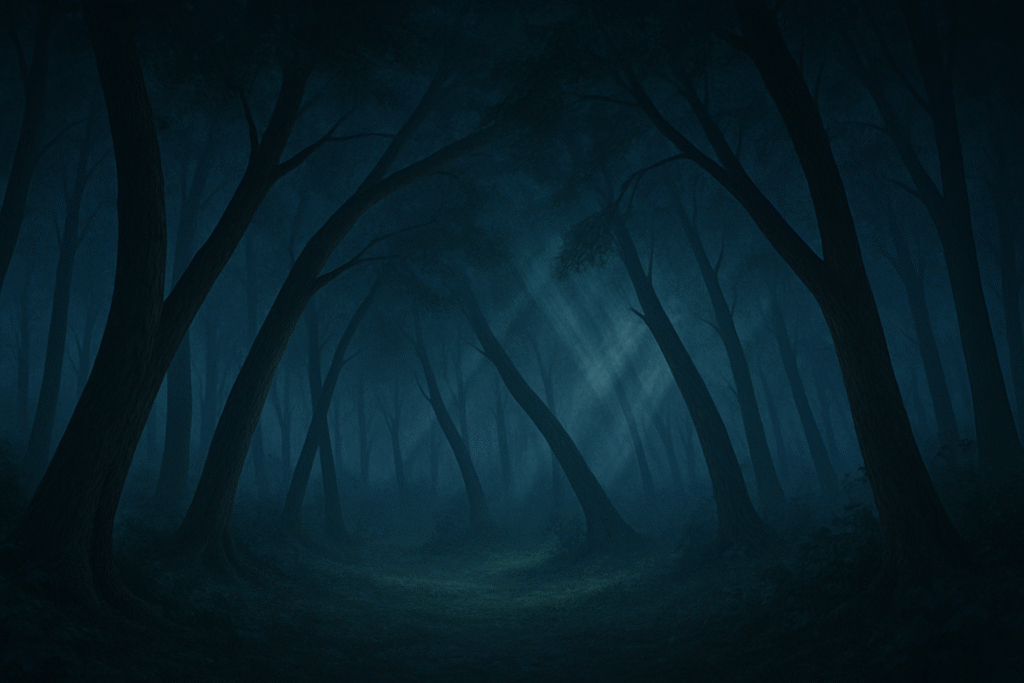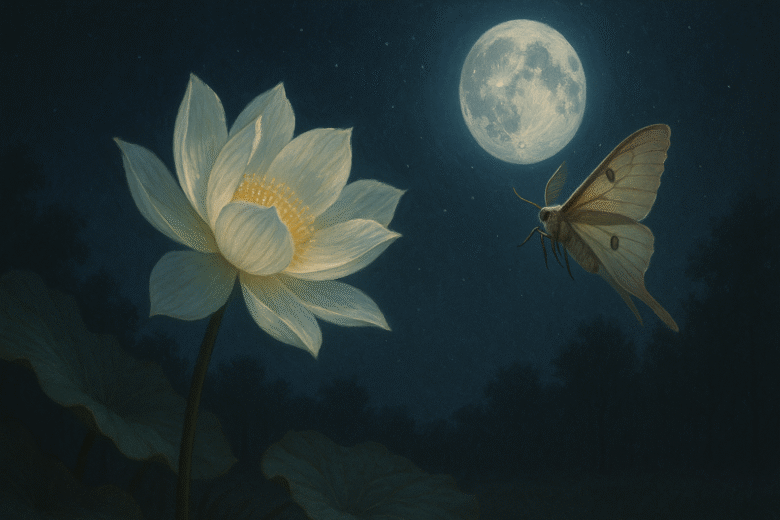Fun fact: Using laser scanners, scientists have observed that some trees lower their branches at night—almost like they’re settling down to sleep.
You’ve probably watched a tree swaying in the breeze during the day. But have you ever wondered what happens when the sun goes down? Do trees rest? Do plants “sleep” the way animals do? Or do they just freeze in place until the next sunrise?
It might sound like a strange question—do trees sleep?—but it turns out that the answer could reveal more about life, intelligence, and rest than we ever imagined. In this blog, we’ll explore what happens in the plant kingdom after dark and why nighttime is anything but idle for our green companions.
Plants Don’t Have Eyelids—But That Doesn’t Mean They Don’t Rest
Sleep, as we understand it, usually involves the nervous system shutting down or entering a state of rest. Since plants have no brain or neurons, they obviously don’t sleep in the way humans or animals do.
But researchers now believe that plants have a version of sleep—a rest phase triggered by circadian rhythms (internal biological clocks that follow a 24-hour cycle). Just like humans, plants respond to day-night changes in their environment with a surprising amount of movement and metabolic shifts.
So while they’re not dreaming under the moonlight, they are doing things. Quietly. Continuously. Purposefully.
Case Study: The Trees That Droop at Dusk
In 2016, scientists from Austria and Finland used terrestrial laser scanning to observe birch trees overnight. What they found was fascinating: the branches of the trees drooped by as much as 10 centimetres (about 4 inches) during the night, returning to their normal position after sunrise.
What does that suggest? That trees have a night mode—likely a way to conserve energy and manage internal water pressure (a process called turgor). It’s a kind of physical sigh. Not quite sleep, but not far off either.
The researchers didn’t use poetic language, but it’s hard not to see this as a sort of botanical bedtime routine.
The Role of Circadian Rhythms in Plants
Plants don’t just passively react to light—they anticipate it.
This is thanks to their internal clock, which regulates everything from:
- Photosynthesis timing
- Stomatal opening and closing (tiny pores on leaves)
- Flowering schedules
- Hormone release
- Root activity
Even when placed in total darkness, plants maintain their rhythm for a few days before it starts to drift. This internal scheduling helps them optimize their daily routines, just like humans.
Interestingly, disrupting a plant’s light-dark cycle can cause stress. In some experiments, irregular lighting stunted growth, delayed blooming, or reduced crop yield—similar to how shift work and jet lag affect humans.
So yes, plants too have “sleep hygiene.”

What Happens in a Plant’s “Night Shift”?
Let’s bust a myth: plants don’t stop working at night.
They simply shift their priorities.
Respiration Continues
During the day, plants produce oxygen via photosynthesis. At night, without sunlight, photosynthesis stops—but respiration continues. Plants take in oxygen and break down sugars created during the day to keep their cells running.
Repair and Growth
Nighttime is prime time for internal maintenance. Many plants redirect their energy to growing roots, healing wounds, and thickening stems. Some even grow faster in the dark, depending on species and temperature.
Nutrient Processing
Plants store starch during the day and break it down at night in controlled doses to maintain energy. They essentially “ration out” their food to last until dawn.
In other words, night is when plants do their backend processing—think of it as the system update running while the interface is offline.
The Nightlife of Flowers
Some flowers, like the moonflower or night-blooming jasmine, actually come alive at night. These plants are pollinated by nocturnal creatures—moths, bats, even certain beetles—and have evolved to open up and emit fragrance in the darkness.
Others fold their petals or leaves—a process called nyctinasty—to conserve moisture and protect delicate tissues. It’s not unlike how we pull the covers over ourselves.
Case Study: The Mimosa That Sleeps
One of the most famous examples of plant movement is the Mimosa pudica, often called the “touch-me-not” plant. Not only does it fold its leaves when touched, but it also folds them at night.
This rhythmic folding follows the plant’s circadian rhythm and is believed to be a defense mechanism—less visible to herbivores and less susceptible to dew or cold damage at night.
It’s like the Mimosa closes its doors and goes to bed.
Do Plants Dream?
Okay, not literally.
But the fact that plants respond to rhythm, rest, and environmental change with such precision raises profound questions about intelligence. Are they aware, in some primitive form? Can they “remember” patterns? Is rest necessary for optimal plant health in the same way it is for humans?
These aren’t just philosophical musings. Emerging fields like plant neurobiology are investigating how plants process information, communicate, and adapt. It’s not pseudoscience—it’s an expanding frontier of biology.
Why This Matters
In a time marked by climate crisis and ecological breakdown, it’s crucial to remember that nature doesn’t pause simply because we’re asleep.
Trees are quietly pumping, folding, stretching, and breathing through the night. They are not background objects—they are living systems, pulsing with slow, deliberate life.
Understanding that can foster respect. And perhaps even a kind of awe.
Conclusion: Let the Forest Rest
So, do trees sleep?
Not in the way we do—but they rest, recover, and recalibrate. Their night is filled with motion, memory, and quiet energy.
So the next time you walk past a grove at dusk or see a plant drooping by your window, don’t assume it’s lifeless. It might just be winding down, like you are.
Let it rest. Let us rest. Because even nature knows that night is sacred.
Author’s Note
Writing this felt like eavesdropping on a secret world—one that breathes more slowly than ours, but no less deeply. It made me want to treat trees not as scenery, but as fellow creatures with their own routines and rhythms.
G.C., Ecosociosphere contributor.




